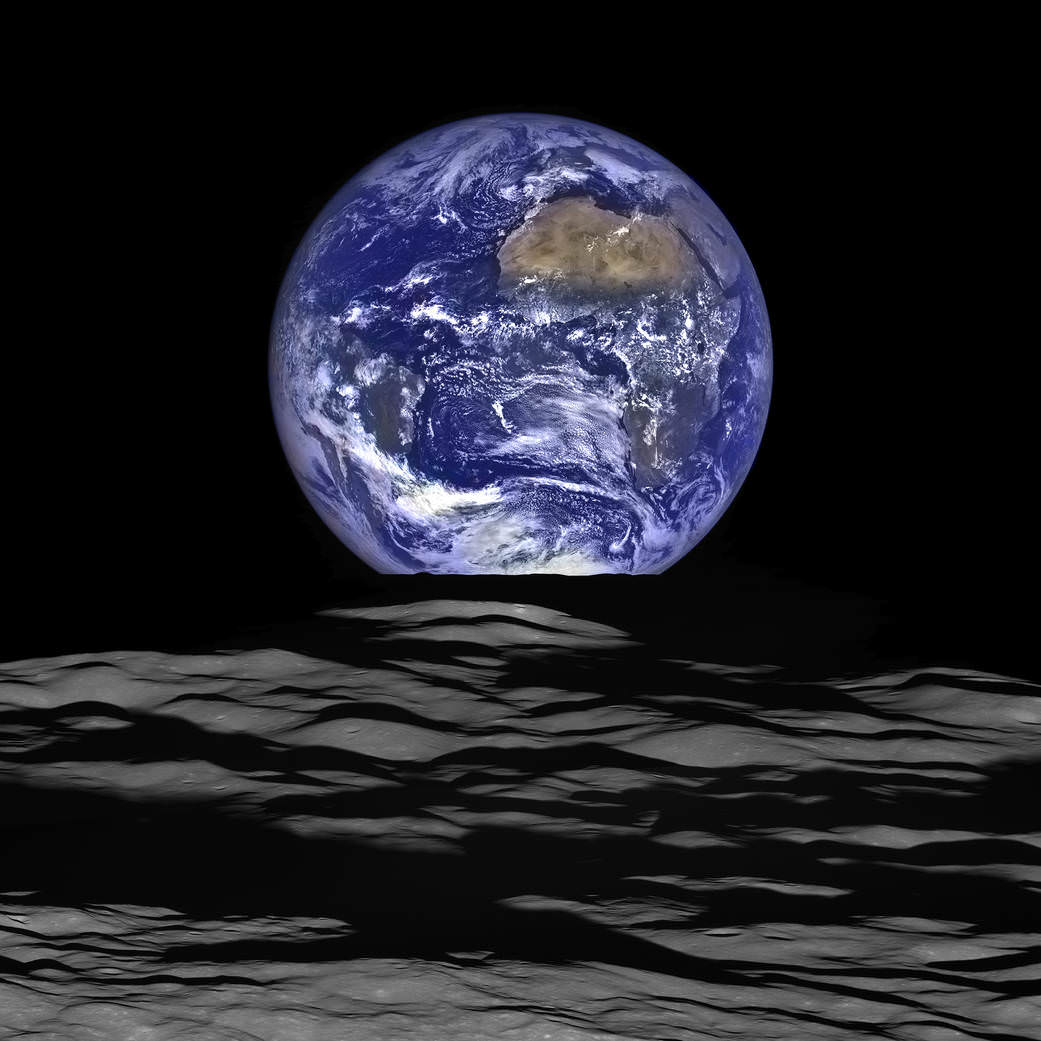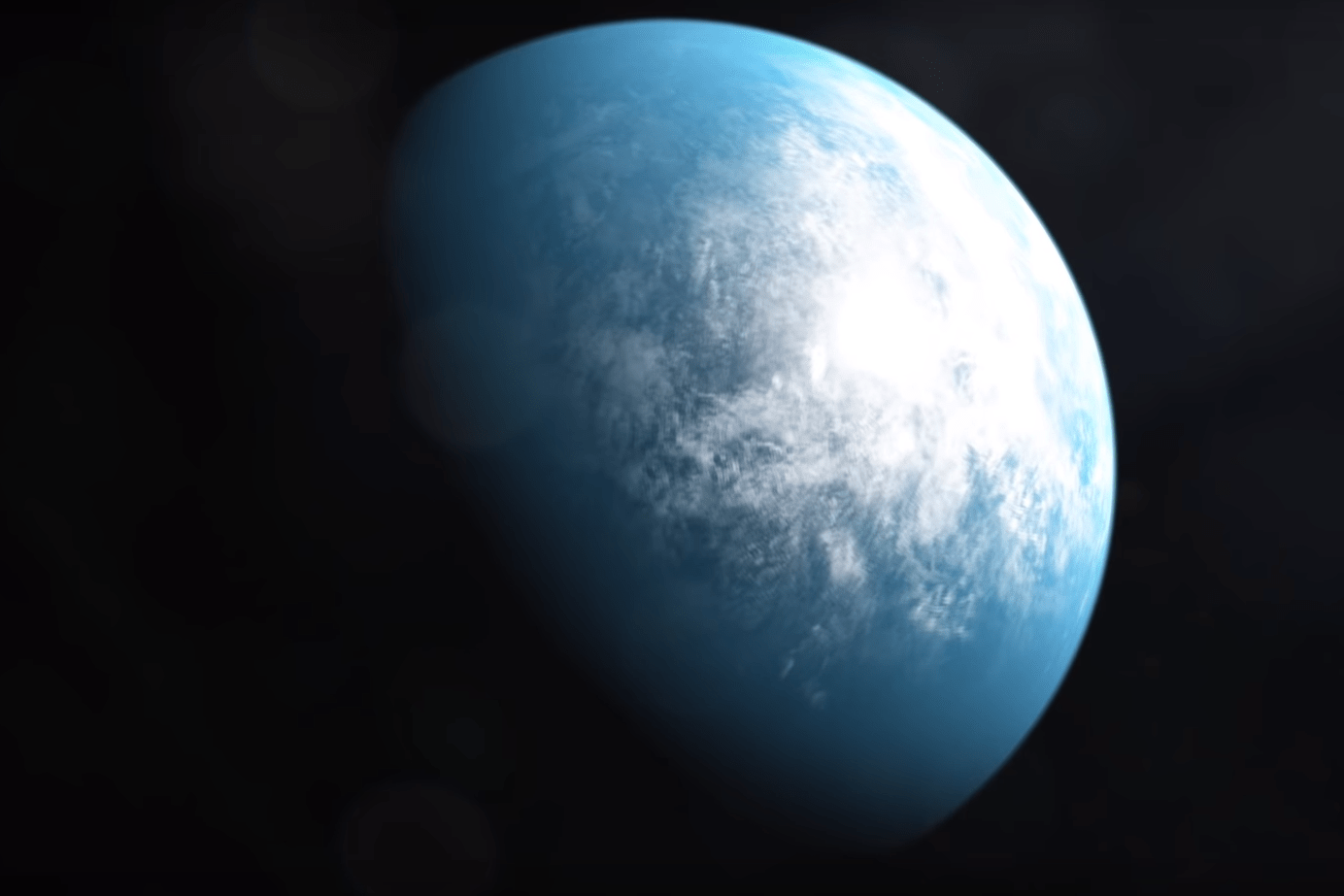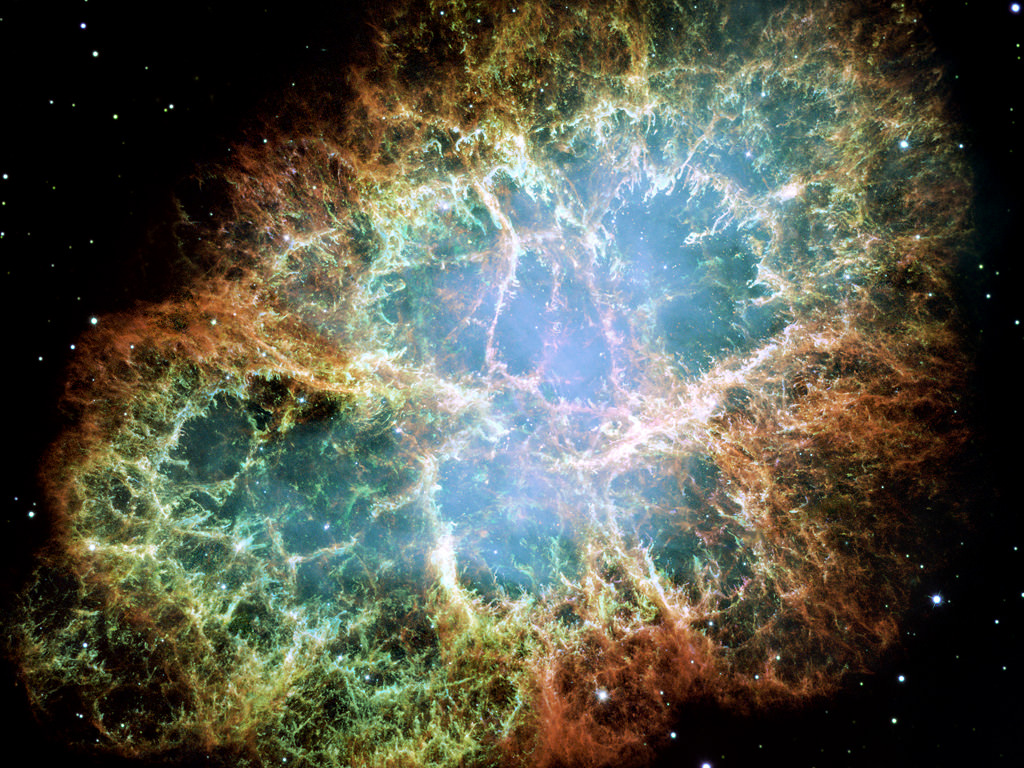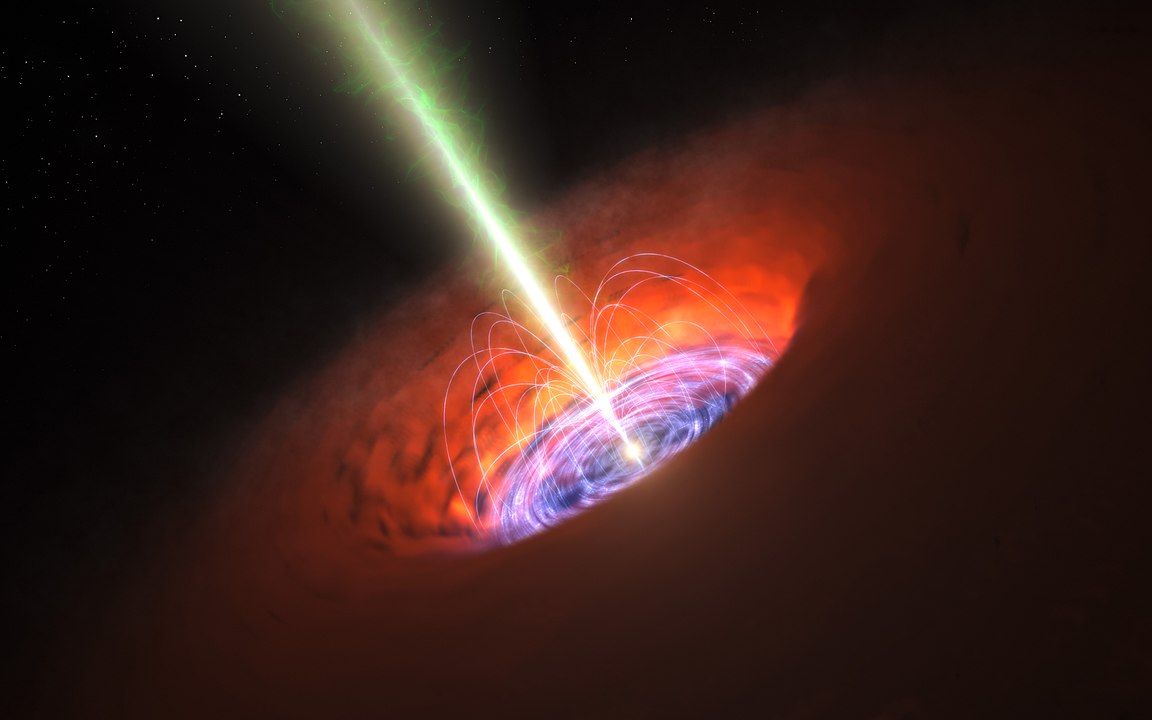About 2.4 billion years ago, everything changed for Earth. That was the time of the Great Oxidation Event (GOE), when photosynthetic bacteria flooded the atmosphere with oxygen, banishing early, non-oxygen using lifeforms to the fringes of the Earth. The GOE laid the groundwork for the Earth we see today, dominated by complex, oxygen-breathing lifeforms.
But there’s one detail about the timing of the GOE that has scientists stumped. Photosynthetic bacteria were pumping out oxygen long before the actual GOE; hundreds of millions of years before, in fact.
Where did all the oxygen go?
Continue reading “Early Life Was Pumping Out Oxygen, But the Earth’s Mantle Was Absorbing it”









